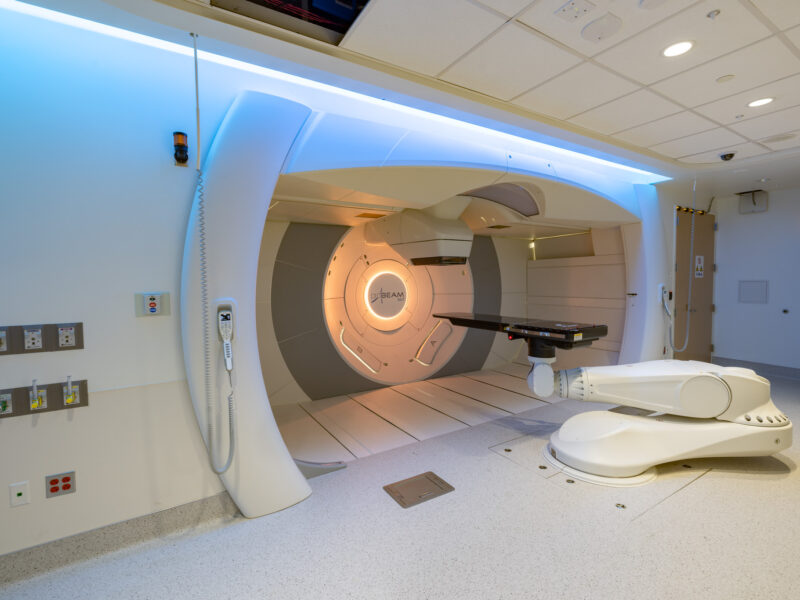Challenges of Adolescent and Young Adult Cancer
Challenges of Adolescent and Young Adult Cancer https://pediatricsnationwide.org/wp-content/themes/corpus/images/empty/thumbnail.jpg 150 150 Anthony Audino, MD Anthony Audino, MD https://pediatricsnationwide.org/wp-content/uploads/2021/03/Anthony-Audino-1.jpg- September 08, 2015
- Anthony Audino, MD
Among the unique challenges of AYA cancer, anxiety often increases after treatments are completed as the patient reintegrates back into “normal life.”
The definition of the adolescent and young adult (AYA) cancer patient has evolved over time, but it is now formally defined as those diagnosed with cancer at ages 15 through 39. AYA patients are a unique population with regards to both cancer epidemiology and psychosocial needs. Many of these patients are beginning the process of finding their independence and no longer feel like children but are not quite yet adults.
Over 70,000 people aged 15 to 39 years are diagnosed with cancer every year, which is almost 8 times the rate of cancer diagnosed in children less than 15 and comprises nearly 6 percent of all new cancer diagnoses.
While the incidence of cancer in the AYA population has steadily been increasing over the last 25 years, the overall survival in these patients has not improved. Several theories have been offered to explain the lack of improvement in survival, one of which is delays in seeking medical attention. Diagnoses may be delayed because AYAs typically see themselves as invulnerable, causing them to ignore or minimize common cancer symptoms. In addition, providers tend to have low suspicion of cancer in this age group, and symptoms may be attributed to fatigue, stress or other common causes.
It has also been speculated that lack of clinical trials for this group has contributed to the poor overall survival. Even when studies are available for AYA patients, it has been shown that recruitment is much lower than in the pediatric age groups. It has been established that accrual into clinical trials for bone sarcoma is inversely proportional to age, with only 6.1 percent, 1.9 percent, 1.1 percent and 0.4 percent of patients 20-24, 25-29, 30-34 and 35-39 years, respectively, taking part in clinical studies.
As AYA patient numbers continue to increase, it becomes necessary for providers to understand the impact of age on complications, outcomes of oncologic care and long term effects. Very few studies exist examining these issues in AYA oncology patients.
For several AYA patients, it is not the therapy that is the most terrifying part of their cancer journey, as this generally becomes routine with well-planned, although sometimes rigorous, schedules for chemotherapy and clinic visits. It is shortly after the completion of therapy that anxiety may begin to heighten. Several AYAs feel lost, as they are no longer coming to the hospital for weekly labs or being admitted every 2-3 weeks for chemotherapy.
Commonly referred to as late effects, these problems encompass adverse outcomes of both a physical and psychosocial nature. It is now widely acknowledged that being a cancer survivor has both short- and long-term implications that necessitate continuance of medical monitoring and other specific forms of support beyond the pediatric/AYA age range across the span of life.
For AYAs in particular, it can be the transition back to “normal life” that may lead to increased stress and or depression. Some studies show that depression can be seen in as many as 25-50 percent of adolescents with cancer, compared to 10 percent in the general population. Young people can experience challenges in trying to reintegrate back into society and back into a normal adolescent or young adult life. Many of them may have a sense that they no longer belong or may feel separate from others due to their own experiences.
In addition to this comes the realization that their life-saving cancer therapy could have caused long-term effects. While the treatment may be different depending on cancer type, surgery, chemotherapy and radiation are commonly used. Although therapies have become more specific and tailored to certain diagnoses, even today much of it is not targeted enough to not affect the body’s normal cells. This can result in patients having long-term physical effects including heart failure, issues with the endocrine system, such as infertility, and the possibility of a developing a secondary cancer.
As patients begin to transition their care and start to reestablish their medical care with a primary physician, it is important for the physician to be aware of these issues. Several national institutions have been promoting the use of a “Cancer Treatment Summary.” Here at Nationwide Children’s Hospital, we have utilized this as a tool to review with patients what treatment they have received, including specific types and doses of chemotherapy and/or radiation. With this information, we encourage patients to develop a “Cancer Care Plan.” There are several available free of cost on line that allows the patient to use his or her cancer treatment summary as a guide to fill out their prior therapies. This then will populate for them and their primary physician a plan as to what tests are needed and how often they need to be performed. When meeting a former cancer survivor, we encourage PCPs to ask about this summary and to urge their patients to develop this in order to become an active player in their future medical care.
About the author
Dr. Audino is a pediatric oncologist in Hematology/Oncology & BMT at Nationwide Children’s Hospital. His clinical and research interests include adolescent and young adult oncology, specifically solid tumors such as sarcoma and lymphoma. He has piloted, with grant support, a year-long program for AYA outreach education.
-
This author does not have any more posts.
- Posted In:
- In Brief






